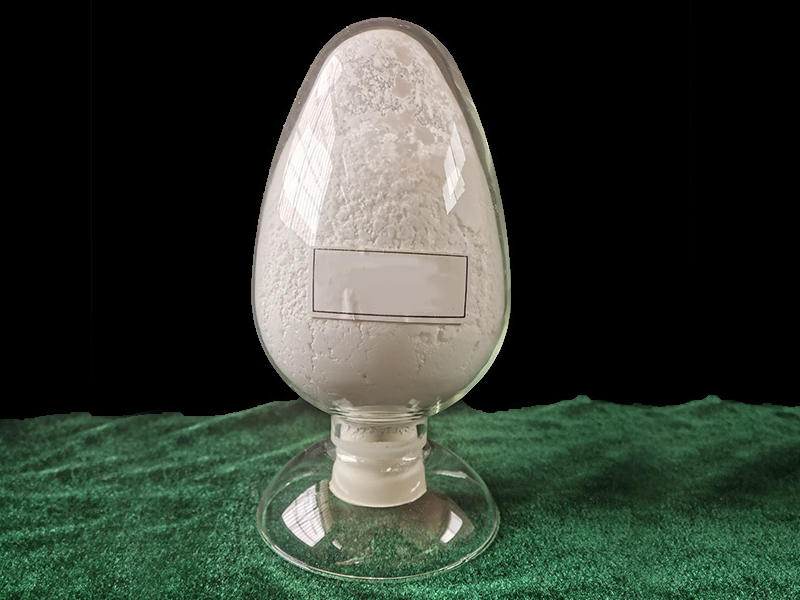- Welcome to the official website of Henan sigma Biotechnology Co., Ltd!

 Please select language
Please select language
 Please select language
Please select language
Thiazoxam is a second generation nicotine type high efficiency and low toxicity insecticide. Its chemical formula is C8H10ClN5O3S. It has gastric toxicity, contact toxicity and internal sucking activity. It is used for foliar spray and soil irrigation. After spraying, it was absorbed rapidly and transmitted to all parts of the plant. It had good control effect on sucking pests such as aphids, planthoppers, leafhoppers and whiteflies.
usage method
1. control rice planthopper with 25% thiacoxazine water dispersible granules 1.6 to 3.2 grams (effective ingredients 0.4 to 0.8 grams), spraying at the initial stage of nymphs, spraying 30~40 liters per mu, spraying directly on the leaves, and rapidly transmitting to the rice.
2. control Apple aphids with 25% thiaclzine 5000~10000 times liquid or 100 liters of water plus 25% thiazoxam 10~20 ml (effective concentration 25~50 mg / L), or 5~10 grams per mu (effective 1.25 to 2.5 grams) for leaf spray.
3. prevention and control of cucurbit whitefly use concentration of 2500~5000 times, or 10~20 grams per mu (effective ingredients 2.5 to 5 grams) spray.
4. control cotton thrips with 25% thiacoxazine 13~26 grams (effective ingredients 3.25 to 6.5 grams) per mu.
5. control the pear tree louse with 25% thiaclzine 10000 times liquid or every 100 liters of water plus 10 milliliters (effective concentration 25 mg / L), or Oracle orchards with 6 grams (effective ingredient 1.5 grams) spray.
6. prevention and control of citrus leaf miner with 25% thiaclzine 3000~4000 times liquid or 100 liters of water plus 25~33 ml (effective concentration 62.5 to 83.3 mg / L), or 15 grams per mu (effective 3.75 grams) spray.
matters needing attention
It can't be mixed with alkaline chemicals. Do not store below - 10 ℃ and above 35 ℃. It is poisonous to bees, so we should pay special attention to it. The insecticidal activity of this drug is very high. Do not increase the dosage blindly